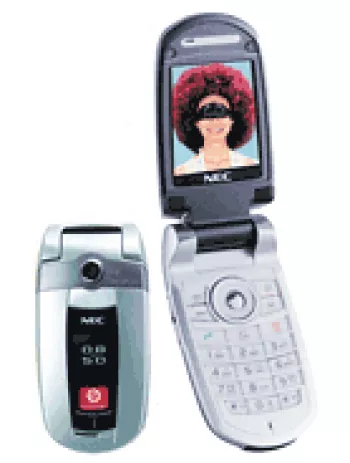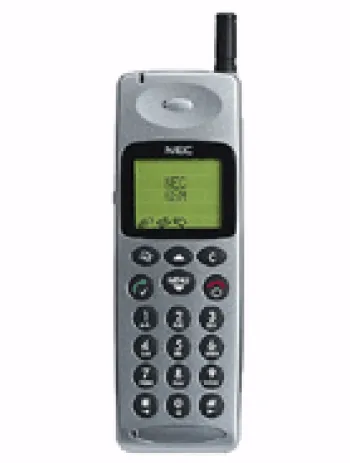
Overview of NEC N331i
The NEC N331i, released in March 2004, represents a class of feature phones that preceded the smartphone revolution. This phone was part of a time when mobile devices were shifting from basic voice communication tools to richer multimedia and internet-enabled devices. NEC, a prominent player in the telecommunications sector, sought to capture the growing market with the N331i, which offered several intriguing features for its time.
Design and Build
With dimensions of 101 x 48 x 24 mm and weighing 110 grams, the NEC N331i stood as a compact and portable device which was typical for the mid-2000s. Its build was ergonomically designed to fit comfortably in the user’s hand, with a durable plastic chassis and a mini-SIM card slot.
Display
The phone featured a TFT display capable of rendering 65,000 colors with a resolution of 128 x 160 pixels. Although the screen size is unspecified, the vivid color display was a significant selling point at its time, suitable for basic multimedia display and gaming.
Camera Capabilities
Equipped with a simple CIF main camera, the NEC N331i was aimed at casual photography. The lack of video recording capabilities on this phone highlights its primary focus on communication rather than multimedia prowess. Selfie camera enthusiasts would find no feature here, as that trend developed much later.
Memory and Storage
The phone did not offer a card slot for expandable storage, a common limitation of devices at that time. However, it provided sufficient internal storage for up to 500 phonebook entries with photo call functionality. Call records accommodated 10 dialed, 10 received, and 10 missed calls, reflecting the device's focus on communication.
Network and Connectivity
NEC N331i supported GSM networks across 900, 1800, and 1900 MHz bands, with GPRS Class 10 technology for minimal data use. While basic internet connectivity was facilitated through the iMode browser, it notably lacked advanced wireless connectivity options like Bluetooth, Wi-Fi, and positioning technology.
Sound and Alerts
This device lacked a loudspeaker but supported vibration alerts and downloadable polyphonic ringtones for incoming calls and messages. The absence of a 3.5mm headphone jack limited its audio capability, making it primarily functional for essential communication alerts.
Battery Life
The NEC N331i was powered by a removable Li-Ion 700 mAh battery, which offered a standby time of up to 200 hours and talk time of up to 4 hours. This battery performance was standard for mobile phones of this era, optimized for voice calls rather than heavy multimedia usage.
Software and Features
As a feature phone, the N331i operated with a proprietary system enabling efficient basic operations. The device supported SMS, EMS, MMS, and email messaging options, adhering to the basic communication needs of the time. While it included some built-in games for entertainment, it lacked support for Java applications, which could have provided additional app functionality.
Discontinuation and Legacy
Like many smartphones of its generation, the NEC N331i was discontinued as mobile technology rapidly advanced. Nevertheless, it remained a symbol of the transitional phase from basic mobile phones to more advanced devices, capturing a snapshot of evolving consumer expectations and technological capabilities during the early 2000s.
Key Features of NEC N331i
- Supports GSM technology for widespread compatibility
- Compact dimensions (101 x 48 x 24 mm) and lightweight at 110 g
- TFT display with 65K colors for vivid visuals
- Photo call feature with phonebook capacity of 500 entries
- Includes SMS, EMS, MMS, and Email messaging support
- Removable Li-Ion 700 mAh battery providing up to 200 hours standby time
- Supports iMode browser for internet browsing
Disadvantages of NEC N331i
- No EDGE support for faster data transfer
- Discontinued model, no longer officially supported
- No external memory card slot for storage expansion
- No video recording capability on the main camera
- Lacks a selfie camera
- No loudspeaker functionality
- Does not support 3.5mm headphone jack
- Absence of Bluetooth for wireless connectivity
- Does not support WLAN or Wi-Fi capability
- No built-in GPS for positioning
- Unsupported browser technologies limit web experience
- No Java support for additional applications
- Limited battery capacity with only 700 mAh

View Also
More Phones
All Rights Reserved +14266 Phones © Mobilawy 2025

























